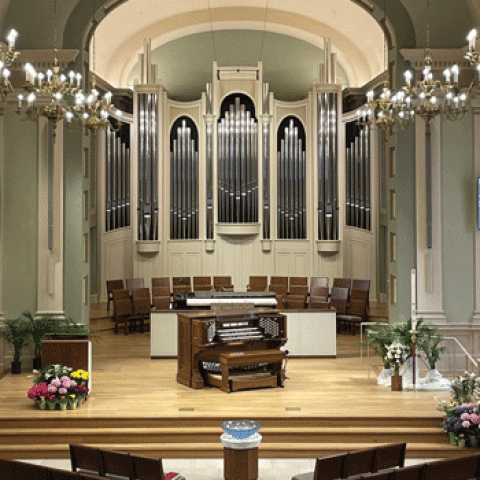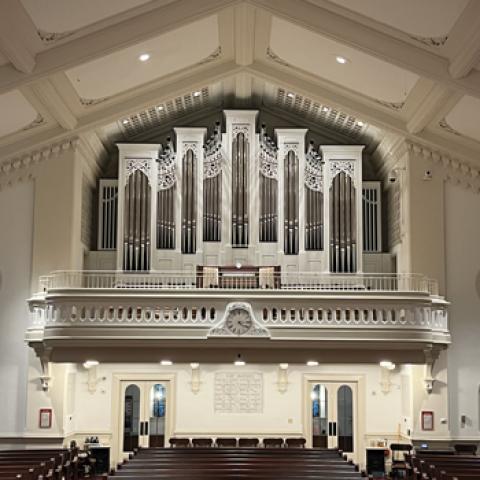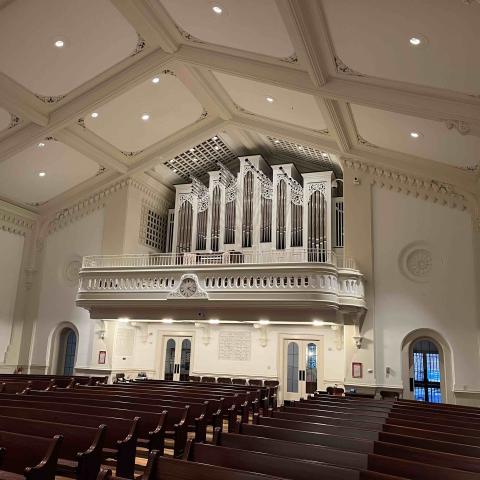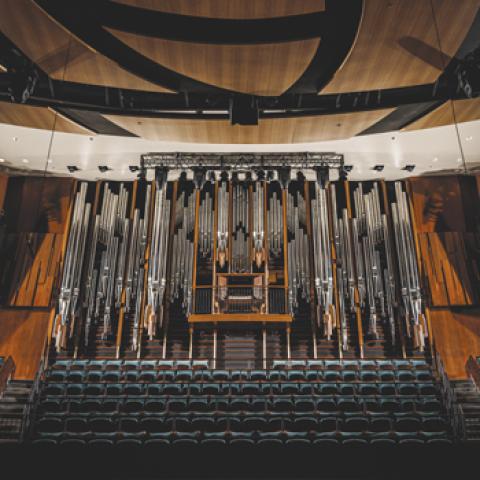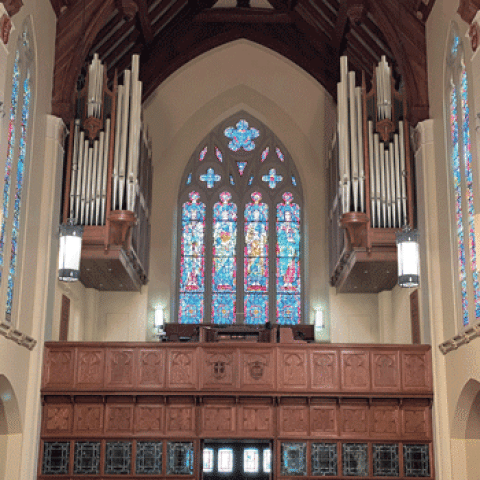Tyler A. Canonico plays Fanfare for a New Century by Aaron David Miller.
Létourneau Opus 136 resides at Market Square Presbyterian Church, Harrisburg, Pennsylvania. The organ comprises 83 total stops, 83 ranks, 4,683 pipes over four manuals and pedal. This organ was featured on the cover of the June 2022 issue of The Diapason.
https://www.thediapason.com/news/orgues-letourneau-opus-136
https://www.thediapason.com/content/cover-feature-letourneau-opus-136
https://www.letourneauorgans.com/organs/opus-136
Tyler A. Canonico is the minister of music and organist at Market Square Presbyterian Church in Harrisburg, Pennsylvania, also an adjunct instructor of music at Lebanon Valley College where he conducts the seventy-plus member College Choir. In addition, he is the organist for the Harrisburg Symphony Orchestra and the founder and conductor of the Harrisburg Camerata. He is represented by Concert Artists Cooperative.
https://www.concertartistcooperative.com/
Létourneau Opus 137 is located at Gloria Dei Lutheran Church, St. Paul, Minnesota. The organ comprises 59 stops, 60 ranks, 3,591 pipes, and is featured on the cover of the June 2023 issue of The Diapason.
https://www.thediapason.com/content/cover-feature-letourneau-opus-137
The organ was delivered to the church in late October of 2022 and was installed in collaboration with the Organ Clearing House. The voicing of the instrument commenced after Thanksgiving with the welcome participation of Jonathan Ortloff for several weeks, and the project was wrapped up in the New Year.
Létourneau’s Opus 137 was played by Tim Strand in its first solo concert on April 23, 2023.
For information: https://www.letourneauorgans.com/organs/opus-137

